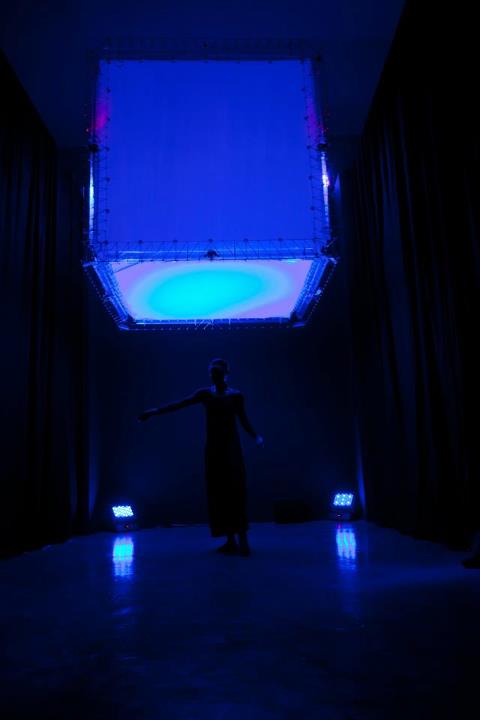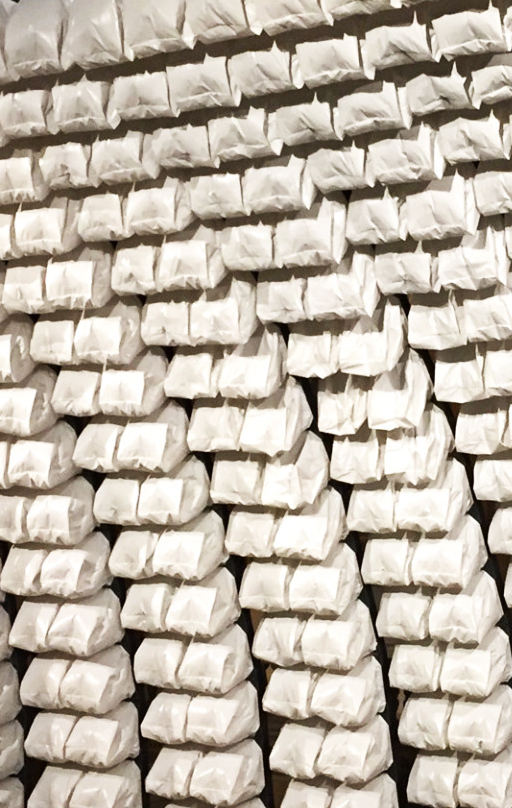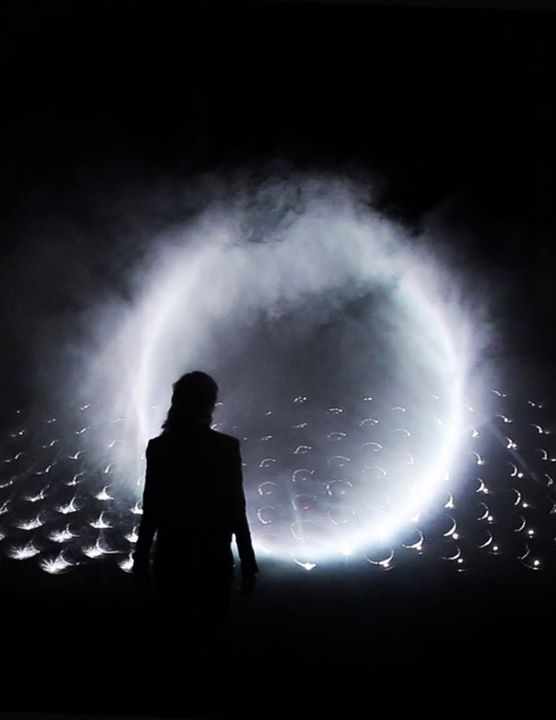A giant rail construction with an organically spiral-shaped spatial structure is put up in the exhibition space. Rolling on that rail are countless balls with built-in full-color LEDs and communication devices. From terminals set up inside the venue, visitors can send commands to the balls to control the timing and coloration of their blinking, and thereby draw three-dimensional afterimage in the air. Through the fusion of a minutely designed rail construction and communication control technology, an unprecedented form of spatial expression was realized in the form of a flexible “light structure“.

DORETTE STURM
FILE SAO PAULO 2017
THE BREATHING CLOUD
“The Breathing Cloud” is a monumental floating organism. The work transforms a space by its motion, light, and rhythmic breathing. With this light art the phrase “let a room come to life” gets a new meaning. The clouds skin looks fragile and soft, and the movements are rhythmic, yet random, so the whole room feels like a living being. The technology is designed so that the strong LED modules and the mechanism support the pervasive breathing. It gets physically bigger and smaller and embraces with its bright light space.














